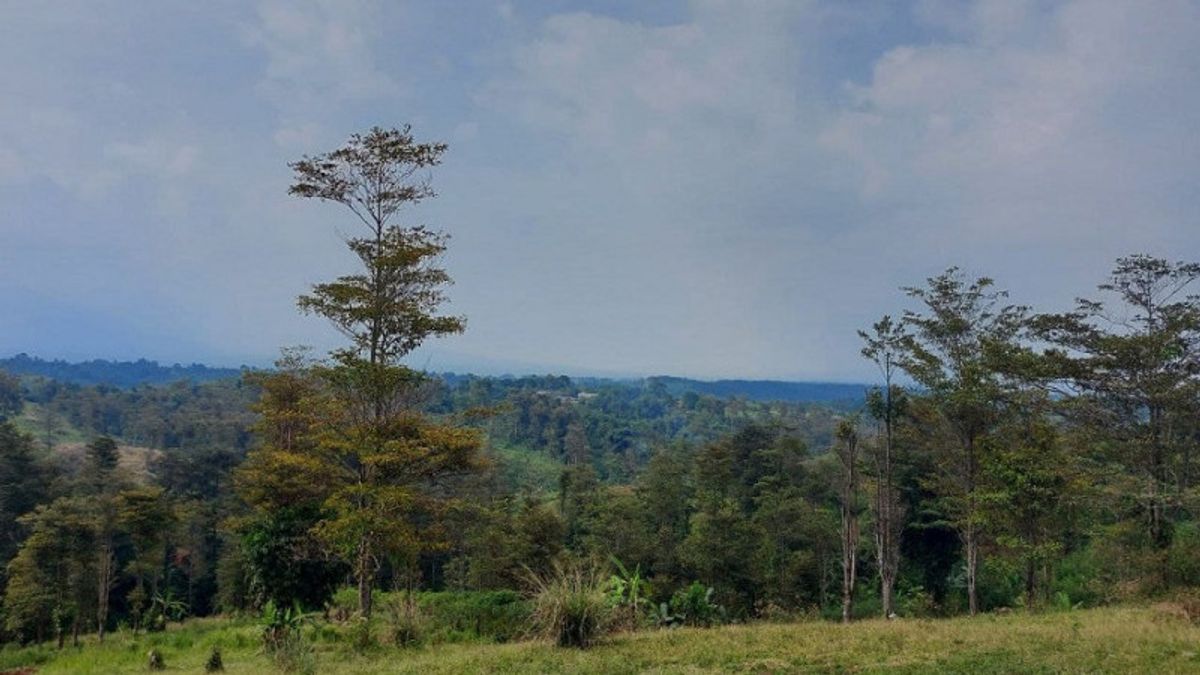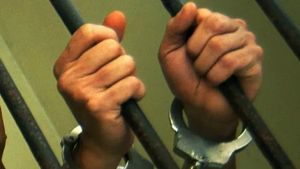JAKARTA - The tree is called Gutta Percha. He grew on his own, towering at will.
No need to care, no need to be fertilized, he will grow independently. But the leaves can be worth IDR 3.5 million.
The trees grow at the Sukamaju Plantation owned by PT Perkebunan Nusantara (PTPN) VIII in Cipetir Village, Cikidang District, Sukabumi Regency, West Java.
Launching Antara, Tuesday, September 14, this tree grows in the conservation area of PTPN VIII's Sukamaju oil palm plantation, the Gutta Percha tree grows on an area of 333 hectares devoted to conservation.
Yes, this tree is indeed a rare tree that was once almost extinct due to massive exploitation. Gutta Percha or which has the Latin name Palquium Gutta has been cultivated since the Dutch colonial era in 1885 at the Cipetir Plantation, which is currently named the Sukamaju Plantation belonging to PTPN VIII.
Citing an article entitled "The Gutta Percha Company" by Bill Burns on the atlantic-cable.com page, Gutta Percha rose to fame after being studied by a surgeon in England. The study revealed that the compound obtained from Gutta Percha could be a natural thermoplastic raw material that can be used for various needs.
Gutta comes from the word sap, while Perca is another name for the island of Sumatra in ancient times. The sap is produced from tapping tree trunks, and it was recently discovered that sap can also be produced from the leaves.

The uniqueness of Gutta Percha sap is that it melts like elastic rubber when heated, while the sap will harden like sturdy plastic when cooled at room temperature.
This advantage is used for the production of various products such as plasters or dentures for the world of medicine, various household furniture, and the most famous as undersea cable coating in the era of telegraph technology. Since then, the sap from Gutta Percha has become an exclusive industrial raw material.
In the 1850s, Gutta Percha which was widely spread in the jungles of the islands of Indonesia, Singapore, and Malaysia was then exploited on a large scale by cutting it down to take its wood and then sending it to England. In 1851, 1,500 tonnes of Gutta Percha were shipped to England for various industrial uses.
According to the journal "A Victorian Ecological Disaster: Imperialism, the Telegraph, and Gutta Percha" by John Tully of the University of Hawaii Press, it takes as much as 16 million kg of Gutta Percha for an insulating layer of submarine cables that stretch across the ocean and connect almost all continents in the world. world with telegraph technology in the late 19th century.
Whereas in the early 20th century when the submarine cables had stretched for 200 thousand miles around the world, as much as 88 million kg of Gutta Percha had been used.
Based on this very high industrial demand, the Dutch colonial government established the Gutta Percha plantation as well as built a processing factory in Sukabumi, West Java in 1885 until it stopped operating in 1921.
The prestige of Gutta Percha faded when the world has found a synthetic plastic material that has a compound similar to Gutta Percha and at a much cheaper price.

The Gutta Perca Cipetir factory in Sukabumi is still operating today. The old factory which only has zinc walls is managed by PTPN VIII and is used to process the leaves of the Gutta Percha tree into raw material for hard rubber latex in the form of a round slab bearing the words "Tjipetir". The round slab is valued at IDR 3.5 million to IDR 4 million per kg depending on market demand.
The Cipetir factory is still in production, although it only operates a few times a year. PTPN VIII still exports Gutta Perca to various countries such as South Korea, Japan and Germany. It's just that they are exported based on demand at the earliest once a year, or usually every two years.
"Japan, Korea and Germany usually order 200 kilograms of Gutta Percha once or twice a year. It is used for medical purposes," said the Great Foreman or Supervisor of the Gutta Percha Factory Cipetir Budi Prayudi.
The processing of the leaves of the Gutta Percha tree to become sap plates is still using the same methods and tools as was done in the 1800s.
The leaves are ground using a giant circular stone that is revolving. That said, the grinding stone was imported directly from Italy. There are five grinding stones at the Cipetir factory, but currently only one or two are operated.
From 1 ton of Gutta Percha leaves can produce 13 kg of finished product. After grinding, the smooth Gutta Percha leaves are then boiled and extracted so that they become sap.
The sap is then heated at high temperatures to form a thick liquid. The liquid sap can then be formed into anything as long as it is still hot. When cold, the hot rubber sap will harden like sturdy plastic that can be made into various shapes.
Because Gutta Percha has been replaced with synthetic plastic material, until now most Gutta Percha are only relied on for medical purposes such as plasters, dentures, dental fillings and others because of their natural ingredients.
Assistant Head of Deputy Manager of PTPN VIII Sukamaju Plantation Unit, Dadan Ramdan, said that his party continues to cultivate Gutta Percha trees on the conservation land that has been provided.
"Of the 21,252 hectares of land owned by PT PN VIII, 333 hectares of which we deliberately planted Gutta Percha trees. In addition to protecting natural ecosystems, this is also our effort to preserve history," said Dadan.
The English, Chinese, Japanese, Arabic, and French versions are automatically generated by the AI. So there may still be inaccuracies in translating, please always see Indonesian as our main language. (system supported by DigitalSiber.id)













